14 Best Extreme Day Trips for Foodies
A guide to the top cities where food lovers can maximise their extreme day trips with legendary local dishes.

Written By Rick Blyth
Extreme Day Trip Addict
16 min read
Published on 03/01/2025

Click any airport to find cheapest EDTs, all destinations, and departure statistics from that airport
Click any airport to find cheapest EDTs, all destinations, and departure statistics from that airport
14 Best Extreme Day Trips for Foodies
A guide to the top cities where food lovers can maximise their extreme day trips with legendary local dishes.

Written By Rick Blyth
Extreme Day Trip Addict
16 min read
Published on 03/01/2025

One of the best parts of an Extreme Day Trip? The food! From melt-in-your-mouth pastries to legendary street eats, a short-haul flight can take you straight to some of the most iconic (and delicious) dishes in the world.
If you love exploring new cities one bite at a time, here are some of the best destinations for foodies looking to squeeze in a full gastronomic adventure in just one day.
Why Go: If you love pizza, Naples is the pilgrimage you need to make. The birthplace of pizza serves it in its purest form – thin, slightly charred crust, fresh tomato sauce, and buffalo mozzarella. The art of Neapolitan pizza-making is so special it's been recognised by UNESCO as an Intangible Cultural Heritage. The rules are strict: the dough must be hand-kneaded, the pizza must be baked in a wood-fired oven at 485°C, and only specific varieties of tomatoes and mozzarella can be used. The result? A pizza that's simultaneously crispy and chewy, with a perfectly blistered crust that tells the story of centuries of tradition.
Must Try: Margherita Pizza from L'Antica Pizzeria da Michele – This historic pizzeria has been perfecting their craft since 1870. The Margherita pizza was famously created in 1889 to honor Queen Margherita of Italy, with the red tomatoes, white mozzarella, and green basil representing the Italian flag.
Also Try: Pizza Fritta – A deep-fried version of Naples' favorite dish, born during post-WWII poverty when wood for pizza ovens was scarce. Today, it's a beloved street food that's crispy outside and molten inside.
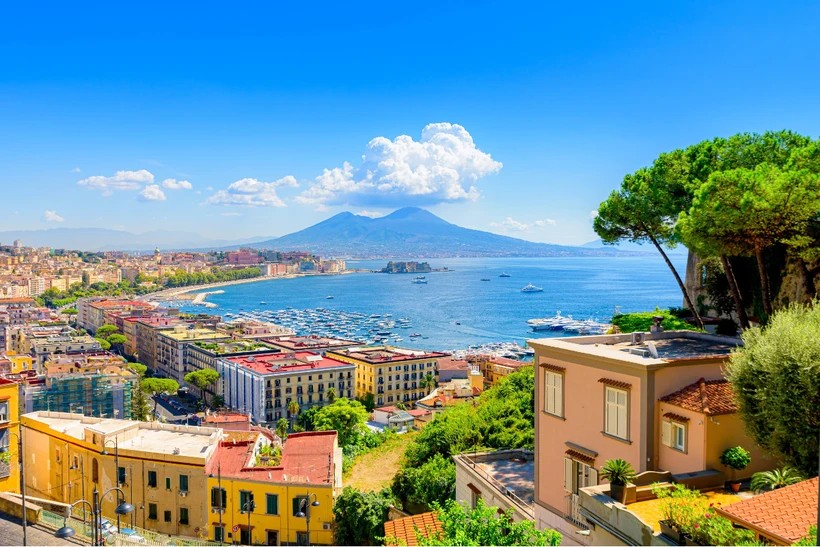
Why Go: Start your day at a Parisian café with the flakiest, butteriest croissants on Earth. Pair it with an espresso, and you're instantly living your best life. Despite its iconic status in French cuisine, the croissant actually originated in Austria as the 'kipferl' before Marie Antoinette popularised it in France. Today, the best Parisian bakeries start preparing their croissants at 3 AM, folding butter into dough through a painstaking 27-layer process called 'lamination'. The result should be so light that when you tear it open, buttery shards of pastry flutter onto your plate like delicate autumn leaves.
Must Try: Croissant from Du Pain et des Idées – Master baker Christophe Vasseur transformed this historic 1875 bakery into a temple of traditional French baking. His croissants are made with butter from France's celebrated Poitou-Charentes region, known for its distinctive golden color and hazelnut notes.
Also Try: Macarons – These delicate almond meringue cookies were first created in a Parisian monastery in the 1790s. Today, they're a canvas for innovative flavors, from classic vanilla to exotic combinations like rose-lychee or salted caramel.

Why Go: Spain takes cured meats seriously, and Barcelona is the place to indulge in Jamón Ibérico, thinly sliced and packed with flavor. This isn't just ham – it's the result of centuries of artisanal tradition. The black Iberian pigs roam free in oak forests (dehesas), feeding primarily on acorns (bellotas) during the montanera season. This diet, combined with the pigs' unique ability to store fat in their muscle tissue, creates meat with an incomparable nutty flavor and melt-in-your-mouth texture. The curing process alone takes up to four years, with master ham-makers (maestros jamoneros) carefully monitoring each leg's progress.
Must Try: Jamón tasting at La Boqueria Market – Look for the coveted "pata negra" (black hoof) and the black label indicating 100% Ibérico bellota. Watch as skilled cortadors slice the ham so thin you can see through it.
Also Try: Patatas Bravas – These crispy potatoes with spicy tomato sauce and garlic aioli were born in Madrid but perfected in Barcelona. The best versions feature potatoes that are par-boiled, chilled, then fried twice for maximum crispiness.

Why Go: A thin, caramel-filled waffle that's best enjoyed fresh off the press from a market vendor. This beloved Dutch treat dates back to the late 18th century in Gouda, where bakers would press together scraps of dough and sweeteners to create an affordable cookie for the poor. Today, watching a stroopwafel being made is pure theater – the waffle maker splits a thin waffle while it's still hot, spreads the signature caramel syrup inside, and presses it back together. For the authentic Dutch experience, place your stroopwafel on top of your coffee cup – the steam will warm the caramel to perfection. ☕️
Must Try: Warm Stroopwafel from Albert Cuyp Market 🧇 – The market's most famous stroopwafel maker, Original Stroopwafels, has been perfecting their recipe for generations. The secret lies in their proprietary caramel mixture, which stays perfectly gooey without being overly sweet.
Also Try: Bitterballen 🍖 – These deep-fried beef croquettes are the ultimate Dutch bar snack. Dating back to the 17th century, they were created to use up leftover meat. Today, they're made with a rich beef ragout, rolled in breadcrumbs, and fried until golden. Served piping hot with mustard, they're the perfect companion to a cold Dutch beer.
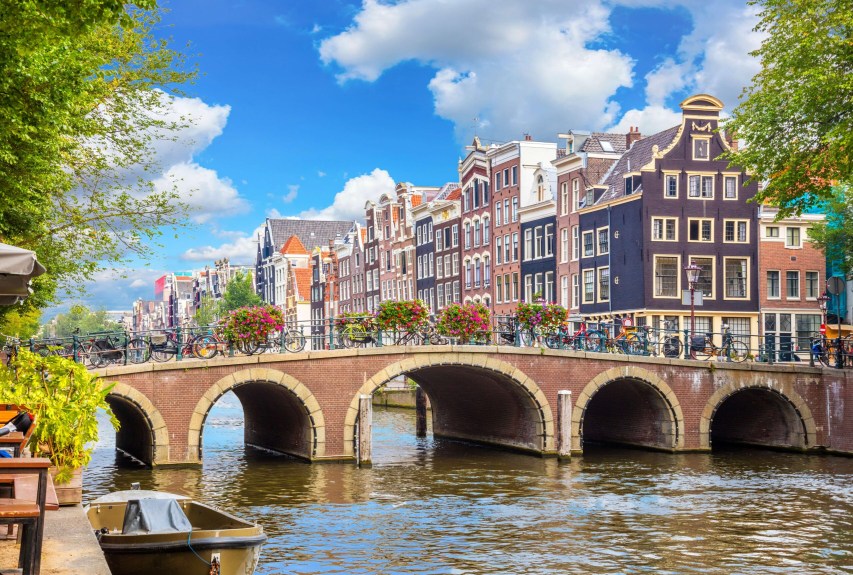
Why Go: This epic sandwich is Porto's claim to fame – layers of meat and cheese, covered in a special tomato-beer sauce. The Francesinha ("Little Frenchie") was created in the 1950s by Daniel da Silva, who was inspired by the French croque-monsieur but decided to give it a Portuguese twist that would satisfy the hearty appetites of Porto's port wine workers. This isn't just a sandwich – it's a full-on feast that requires a knife, fork, and usually a nap afterward! The secret lies in the sauce, a closely guarded recipe that typically includes beer, tomatoes, port wine, and various spices, simmered for hours until perfect. 🍺
Must Try: Francesinha from Café Santiago F 🥪 – Operating since 1959, they're renowned for their perfectly balanced sauce and generous portions. Their version includes steak, fresh sausage, linguiça, ham, and melted cheese, all topped with an optional fried egg.
Also Try: Bacalhau à Gomes de Sá 🐟 – This traditional salt cod casserole was created by a 19th-century Porto merchant. Layers of salt cod, potatoes, onions, and olives are baked until golden, showcasing Portugal's centuries-old love affair with preserved fish.
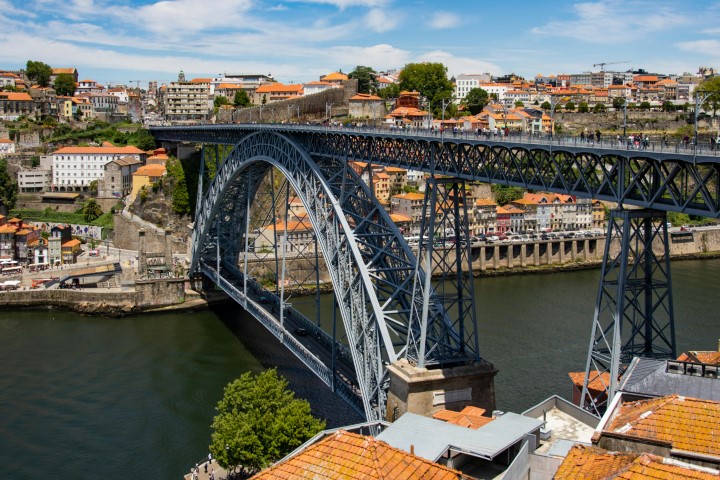
Why Go: Hearty, rich, and packed with paprika, Hungarian Gulyás (goulash) is the ultimate comfort food. Originally a simple shepherd's stew cooked over open fires on the Great Hungarian Plain, gulyás has evolved from a humble cattle herder's meal to a national treasure. The key ingredient, paprika, wasn't added until the 16th century when Turkish traders introduced sweet red peppers to Hungary. Today, there are dozens of varieties of Hungarian paprika, from mild to scorching hot, each lending its own character to this soul-warming dish. 🌶️
Must Try: Gulyás from Getto Gulyas 🍖 – This modern restaurant honors traditional recipes while sourcing ingredients from local farmers. Their gulyás features tender chunks of beef, root vegetables, and hand-pinched noodles called csipetke, all swimming in a rich, paprika-spiced broth.
Also Try: Kurtoskalacs (Chimney Cake) 🍯 – This spiral-shaped pastry dates back to medieval times in Transylvania. Watch as strips of sweet dough are wrapped around wooden cylinders, rolled in sugar, and roasted over charcoal until caramelised. Modern versions come coated in everything from cinnamon to crushed walnuts.

Why Go: Vienna's sausage game is unbeatable. The city's würstelstands (sausage kiosks) are a cultural institution, serving hungry locals 24/7 since the 19th century. These humble street-corner stands were originally created to provide night watchmen and coachmen with hot food during their late shifts. Today, they're where you'll find everyone from opera-goers in evening wear to late-night revelers, all united in their love for perfectly crafted sausages. The variety is staggering – from the cheese-stuffed Käsekrainer to the spicy Bosna with curry, each type has its own devoted following. 🌶️
Must Try: Kasekrainer from Bitzinger Wurstelstand 🌭 – Located near the Albertina museum, this iconic stand elevates street food to an art form. Their signature Käsekrainer is stuffed with molten cheese that creates a satisfying burst of flavor with every bite. Pro tip: locals call it a "Eitrige" (pus-filled one) – don't let the name put you off!
Also Try: Sachertorte 🍫 – This legendary chocolate cake was created in 1832 for Prince Metternich by a 16-year-old apprentice chef, Franz Sacher. The original recipe remains a closely guarded secret at Hotel Sacher, but we know it combines rich chocolate cake with apricot jam and dark chocolate icing, served with unsweetened whipped cream.
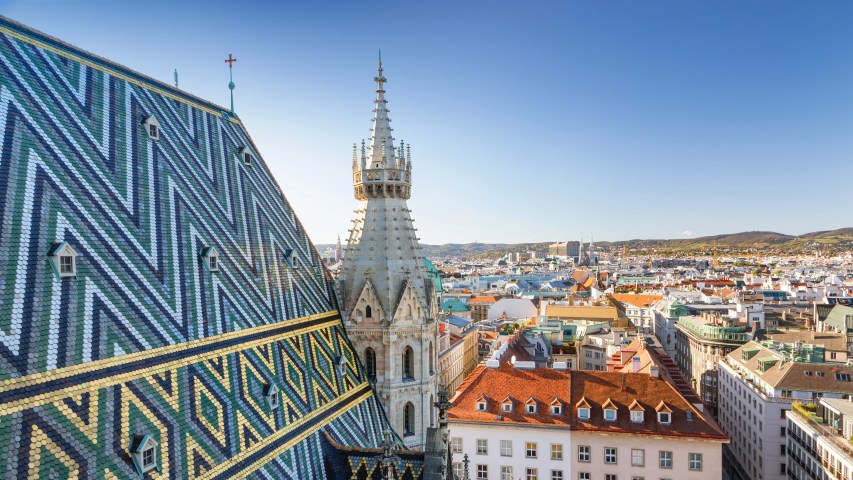
Why Go: These open-faced sandwiches are a Danish art form that dates back to the Middle Ages. What began as a simple way for workers to eat their leftovers on bread has evolved into a sophisticated culinary tradition. Each smorrebrod is a carefully choreographed composition – from the precise thickness of the dark rye bread (rugbrod) to the artful arrangement of toppings. There are unwritten rules about the order of eating: herring first, then other fish, followed by meat, and ending with cheese. The Danish take these rules so seriously that serving toppings in the wrong combination could scandalize your local hosts! 🎨
Must Try: Smorrebrod from Hallernes Smorrebrod 🥪 – Located in Copenhagen's historic market halls, this renowned establishment creates edible works of art. Their classic "Dyrlægens Natmad" (Veterinarian's Midnight Snack) features liver pâté, salt beef, and sky (meat aspic) – a combination that's remained unchanged for over a century.
Also Try: Wienerbrød 🥐 – Despite its name meaning "Vienna bread," this is what the rest of the world calls Danish pastry. Created by Austrian bakers in Copenhagen during an 1850s strike, these laminated pastries have become a symbol of Danish baking excellence. The true Danish version is lighter and crispier than international variations.
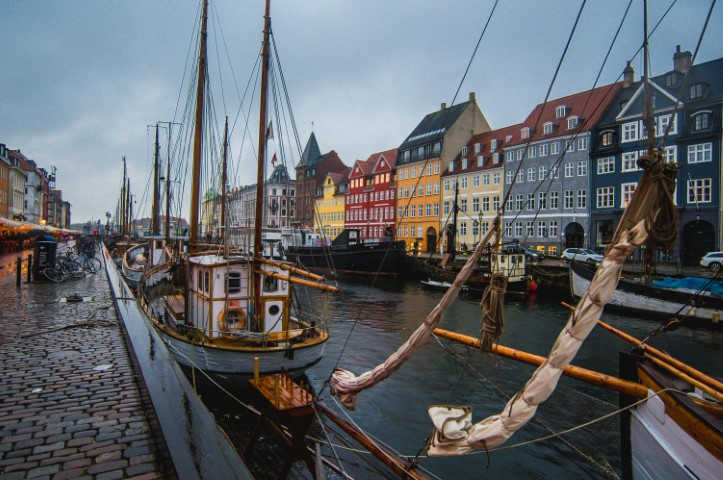
Why Go: The Belgian capital serves up the perfect combination of steamed mussels and crispy fries, a pairing that emerged in the late 19th century. While Belgium may be landlocked, the tradition of mussel farming in nearby Zeeland dates back to the 13th century. The frites are equally important – double-fried to perfection using a specific variety of Belgian potato. Legend has it that American soldiers during World War I called them "French" fries because the Belgian army spoke French, leading to a misnomer that persists today. 🥔
Must Try: Moules-Frites from Chez Léon 🦪 – Operating since 1893 in the heart of Brussels, this institution serves mussels in dozens of preparations. The classic "marinière" style with white wine, celery, parsley, and butter remains the local favorite. Each serving comes with unlimited frites and house-made mayonnaise.
Also Try: Belgian Waffles 🧇 – There's a fierce rivalry between Brussels and Liège styles. The rectangular Brussels waffle is lighter and crispier, while the Liège waffle is denser with caramelised sugar pearls throughout. Try both at Maison Dandoy, a family-run business since 1829.
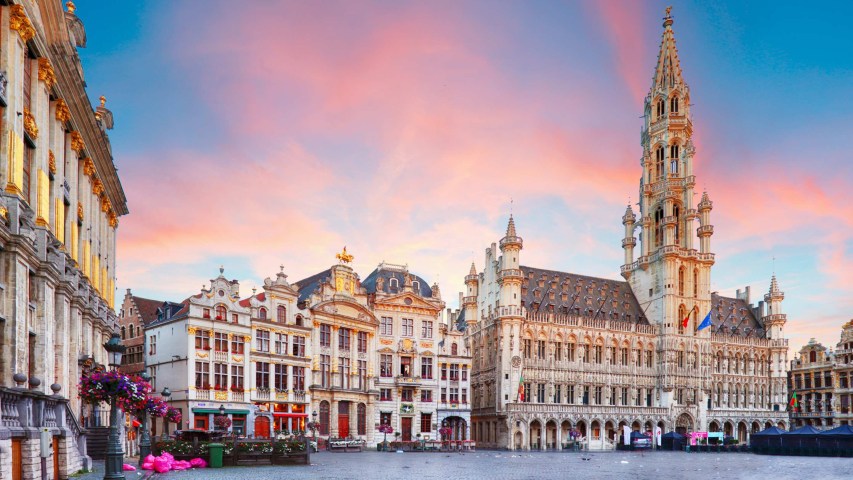
Why Go: Dublin's seafood scene is legendary, particularly its oysters, which have been harvested along Ireland's coast since the Roman times. The cold, mineral-rich waters of the Irish Sea create perfect conditions for oyster cultivation, producing plump, briny bivalves with a distinctive metallic finish. The tradition of pairing them with a pint of Guinness dates back to the Victorian era when oysters were working-class food served in Dublin's pubs. Today, this combination is celebrated as one of gastronomy's perfect marriages – the creamy stout complementing the oysters' briny sweetness. 🍺
Must Try: Oysters from Temple Bar Food Market 🦪 – Every Saturday, the market hosts local oyster farmers who shuck their catches to order. The Carlingford and Kelly oysters are particularly prised, each with their own distinct character shaped by the waters they're grown in. Pro tip: Visit during the Dublin Oyster Festival in September to see oyster-opening championships!
Also Try: Irish Stew 🍖 – This hearty lamb and root vegetable stew dates back to the 1800s. The best versions use neck meat for richness and pearl barley for texture. Head to The Hairy Lemon pub, where they slow-cook their stew for 12 hours using a recipe passed down through generations.

Why Go: Istanbul, straddling Europe and Asia, is where culinary traditions from two continents have merged over millennia. The city's food scene is a living museum of the Ottoman Empire's vast reach, with influences from the Balkans to the Middle East. The döner kebab was perfected here in the 19th century by Iskender Efendi, who first thought to roast meat vertically. Meanwhile, the mezze tradition reflects the city's love of leisurely dining and sharing – a cultural practice that dates back to the Byzantine era. 🌏
Must Try: İskender Kebab from Bursa İskender 🥩 – The original creators of this iconic dish still serve it the traditional way: thinly sliced döner meat laid over pide bread, drowned in tomato sauce and browned butter, with a side of tangy yogurt. The restaurant still uses the same techniques developed by Iskender Efendi in 1867.
Also Try: Pide 🥖 – These boat-shaped flatbreads predate pizza in the region. At Hocapaşa Pidecisi, watch masters roll and shape the dough before topping it with ingredients like spiced lamb, eggs, or spinach and cheese. The high heat of their wood-fired ovens creates the perfect crispy-chewy crust.
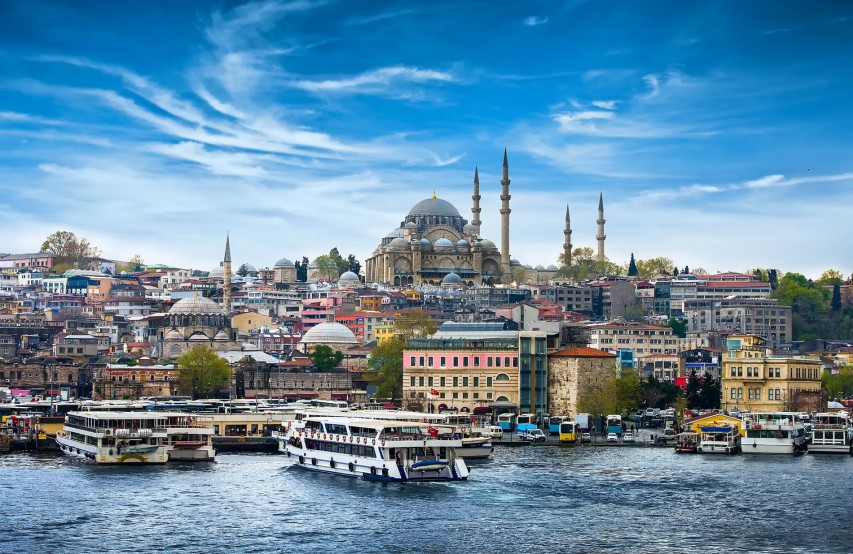
Why Go: Nestled among Norway's majestic fjords, Bergen has been a seafood hub since the Hanseatic League made it their northern fish trading capital in the 14th century. The historic fish market, Fisketorget, has been operating since the 1200s, when stockfish (dried cod) was so valuable it was used as currency. Today, the market showcases Norway's incredible marine bounty, from hand-caught Arctic cod to fresh-caught North Sea salmon. The cold, clear waters of the Norwegian fjords produce some of the world's finest seafood. 🌊
Must Try: Fresh salmon at Bergen Fish Market 🐟 – Sample different preparations of Norway's most famous export, from traditional gravlax (cured salmon) to the modern favorite, salmon sashimi. The market's vendors take pride in explaining the source of each fish and the best way to enjoy it.
Also Try: Lutefisk 🐠 – This traditional dried whitefish (usually cod) prepared with lye is a Norwegian delicacy that dates back to Viking times. At Bryggeloftet & Stuene, they serve it the traditional way during the winter season, accompanied by bacon, mushy peas, and potatoes. It's an acquired taste that tells the story of Norwegian food preservation techniques.
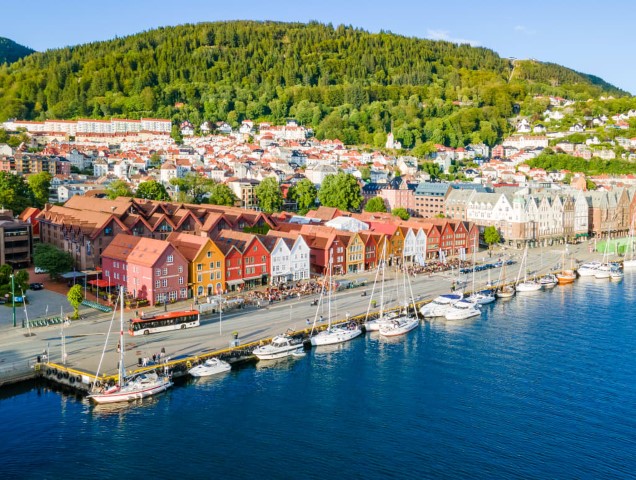
Why Go: Frankfurt's culinary scene goes far beyond its namesake sausages. The city's signature dish, Handkase mit Musik ("hand cheese with music"), tells the story of the region's dairy tradition. This marinated sour milk cheese gets its name from the way it was traditionally shaped by hand, while the "music" refers to the symphony it creates in your digestive system, thanks to its topping of vinegar, oil, and raw onions! The dish perfectly represents Frankfurt's combination of serious financial power and down-to-earth charm. 🧀
Must Try: Handkase mit Musik from Adolf Wagner 🍺 – This historic apple wine tavern has been serving traditional Frankfurt cuisine since 1931. Their Handkase is served the traditional way, with dark bread and butter, in a rustic setting where bankers rub shoulders with locals over glasses of sharp Apfelwein (apple wine).
Also Try: Grune Sosse 🌿 – This vibrant green herb sauce is Frankfurt's proud contribution to German cuisine. Created in the 18th century, it must contain exactly seven herbs: parsley, borage, chervil, chives, burnet, cress, and sorrel. At Café Hauptwache, they serve it the traditional way over boiled eggs and potatoes, using herbs grown in Frankfurt's herb gardens.
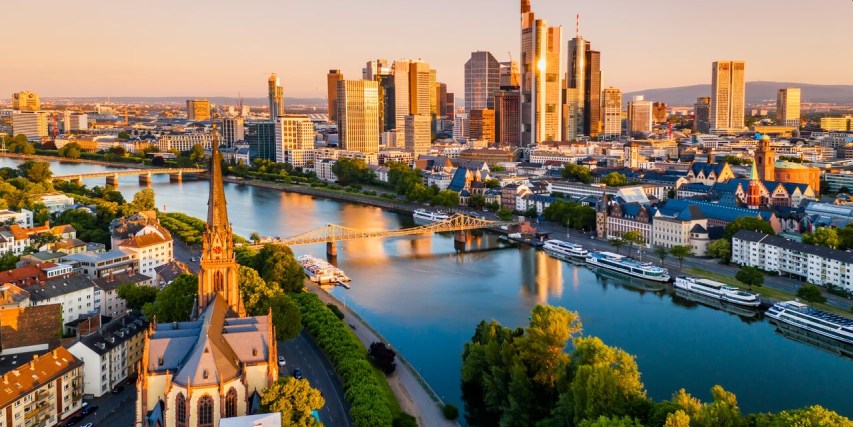
Why Go: The capital of Finnish Lapland offers authentic Arctic cuisine that tells the story of survival and innovation in one of Europe's last wildernesses. Reindeer herding has been central to Sámi culture for millennia, and Poronkaristys (sautéed reindeer) represents the perfect marriage of tradition and modern Finnish culinary expertise. The meat is naturally lean and rich in omega-3s, thanks to the reindeers' diet of Arctic herbs and berries. The dish's accompaniments – lingonberries, mushrooms, and root vegetables – showcase the bounty of Lapland's short but intense growing season. ❄️
Must Try: Poronkaristys from Nili Restaurant 🦌 – This cozy restaurant works directly with local Sami reindeer herders to source their meat. Their version is traditionally prepared: thinly sliced and slowly sauteed until tender, served with cloud-like mashed potatoes, lingonberries, and quick-pickled cucumbers. The restaurant's interior, decorated with traditional Sami handicrafts, adds to the authentic experience.
Also Try: Lohikeitto 🐟 – This creamy salmon soup is the ultimate Arctic comfort food. At Restaurant Rakas, they make it the traditional way with locally caught salmon, leeks, and potatoes in a rich cream base, flavored with dill and white pepper. Perfect after a day of northern lights hunting!
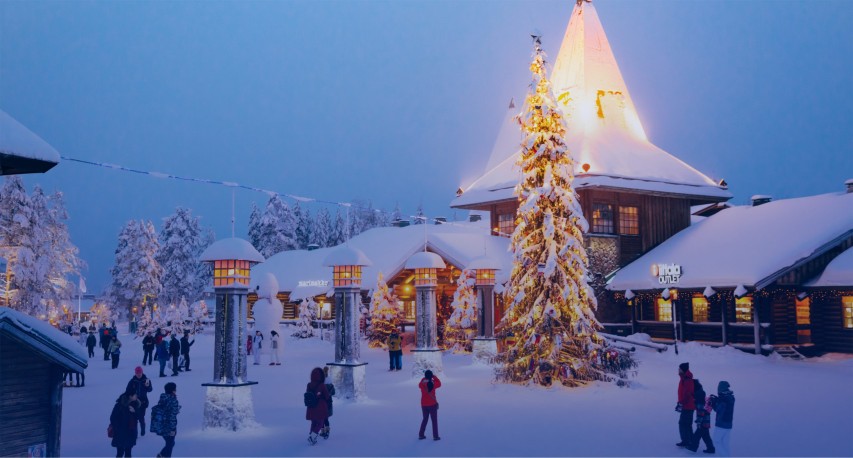
So there you have it – 14 cities, 14 incredible dishes. If you're planning an Extreme Day Trip, why not base it around food? Your taste buds will thank you! 😋
Got a favorite foodie city that should be on this list? Let me know in the comments or hit reply – I'd love to hear your recommendations!
Until next time, stay adventurous (and hungry!). 🍽️✈️

Extreme Day Trip Addict
When he's not in the air, Rick is working on ExtremeDayTrips.com. He is on a mission to simplify Extreme Day Trips to help everyone do more EDTs, faster, easier, and for less.

Extreme Day Trips
Find your next adventure!
THEMED EXTREME DAY TRIPS
© Copyright 2025 Extreme Day Trips Limited. All rights reserved.